
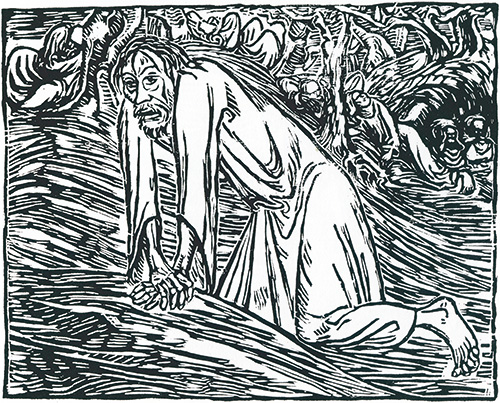
(Fig. 59) Ernst Barlach (1870–1938), 'Christ in Gethsemane', woodcut, 1919.
Cf. Luke 22,41f: He withdrew about a stone’s throw beyond them, knelt down and prayed, "Father, if you are willing, take this cup from me; yet not my will, but yours be done."
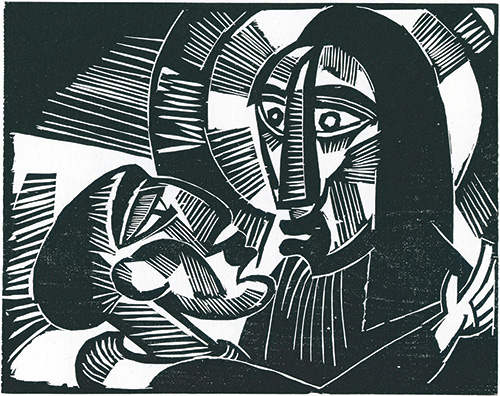
(Fig. 60) Karl Schmidt-Rottluff (1884–1976), 'Christ and Judas', woodcut from the Christ file, 1918.
Cf. Luke 22,47f: While he was still speaking a crowd came up, and the man who was called Judas, one of the Twelve, was leading them. He approached Jesus to kiss him, but Jesus asked him, "Judas, are you betraying the Son of Man with a kiss?"
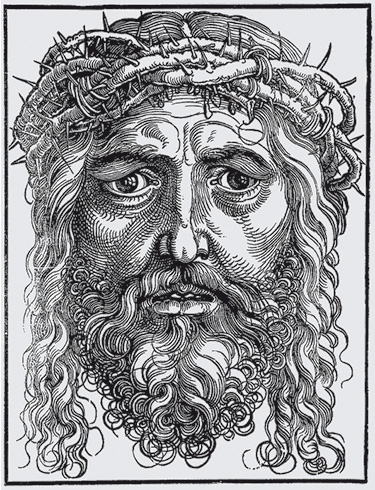
(Fig. 61) Hans Sebald Beham (1500–1550), 'Head of Christ crowned with thorns', woodcut, c. 1528.
Cf. Matthew 27,28f: They stripped him and put a scarlet robe on him, and then twisted together a crown of thorns and set it on his head.
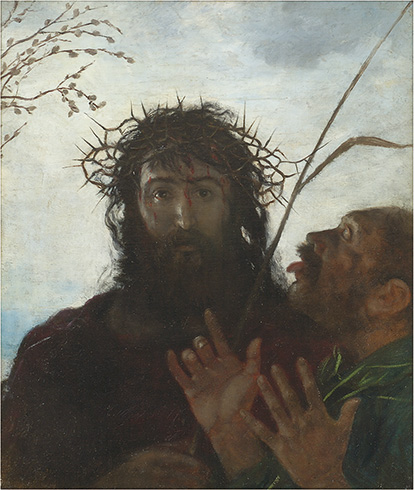
(Fig. 62) Hans Thoma (1839–1924), 'The mocking of Jesus', oil, before 1918, Karlsruhe Kunsthalle.
Cf. Matthew 27,29f: They put a staff in his right hand. Then they knelt in front of him and mocked him. "Hail, king of the Jews!" they said. They spit on him, and took the staff and struck him on the head again and again.

(Fig. 63) Iwan Iljitsch Glasunow (b. 1969), 'Crucify him! Crucify him!', oil, 1994, Christ the Redeemer Cathedral / Moscow, left portion of the picture.
Cf. John 19,4f: Once more Pilate came out and said to the Jews gathered there, "Look, I am bringing him out to you to let you know that I find no basis for a charge against him." When Jesus came out wearing the crown of thorns and the purple robe,
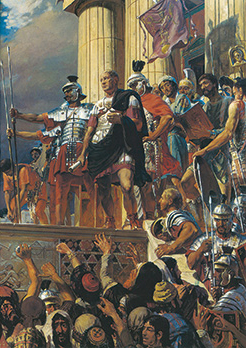
(Fig. 64) Iwan Iljitsch Glasunow (b. 1969), 'Crucify him! Crucify him!', oil, 1994, Christ the Redeemer Cathedral / Moscow, right portion of the picture.
Cf. John 19,5f: Pilate said to them, "Here is the man!" As soon as the chief priests and their officials saw him, they shouted, "Crucify! Crucify!"
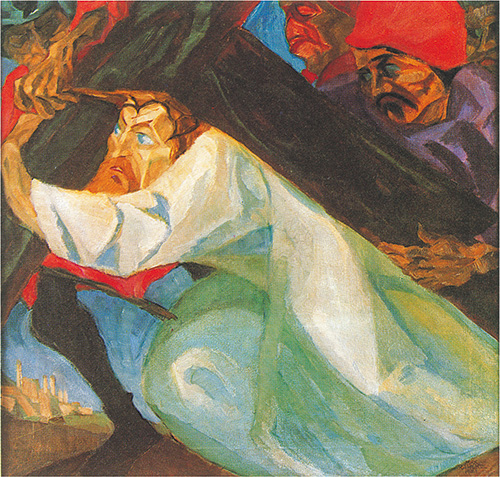
(Fig. 65) Max Kahlke (1892–1928), 'Carrying of the cross', oil, 1921.
Cf. Mark 15,20: And when they had mocked him, they took off the purple robe and put his own clothes on him. Then they led him out to crucify him.
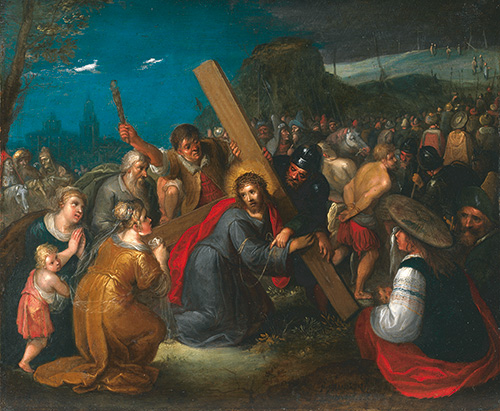
(Fig. 66) Frans Francken II (1581–1642), 'Saint Veronica tends her veil to Christ' (extracanonical tradition on the Passion), oil/copperplate, c. 1605/1607, State Museum of Lower Saxony / Hanover.
Cf. Mark 15,21f: A certain man from Cyrene, Simon, the father of Alexander and Rufus, was passing by on his way in from the country, and they forced him to carry the cross. And they brought him unto the place called Golgotha (which means "the place of the skull").
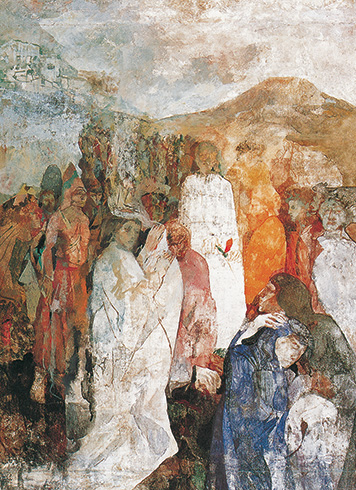
(Fig. 67) Octav Grigorescu (1933–1987), 'Golgotha', oil, 1986.
Cf. Luke 23,49: But all those who knew him, including the women who had followed him from Galilee, stood at a distance, watching these things.
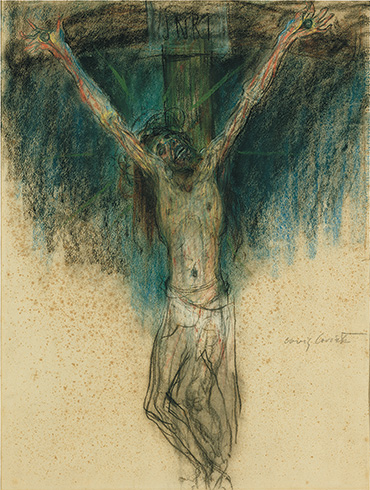
(Fig. 68) Lovis Corinth (1858–1925), 'Christ on the cross', charcoal / coloured chalks, undated.
Cf. John 19,18-20: There they crucified him, and with him two others—one on each side and Jesus in the middle. Pilate had a notice prepared and fastened to the cross. It read: JESUS OF NAZARETH, THE KING OF THE JEWS. Many of the Jews read this sign, for the place where Jesus was crucified was near the city, and the sign was written in Aramaic, Latin and Greek.
